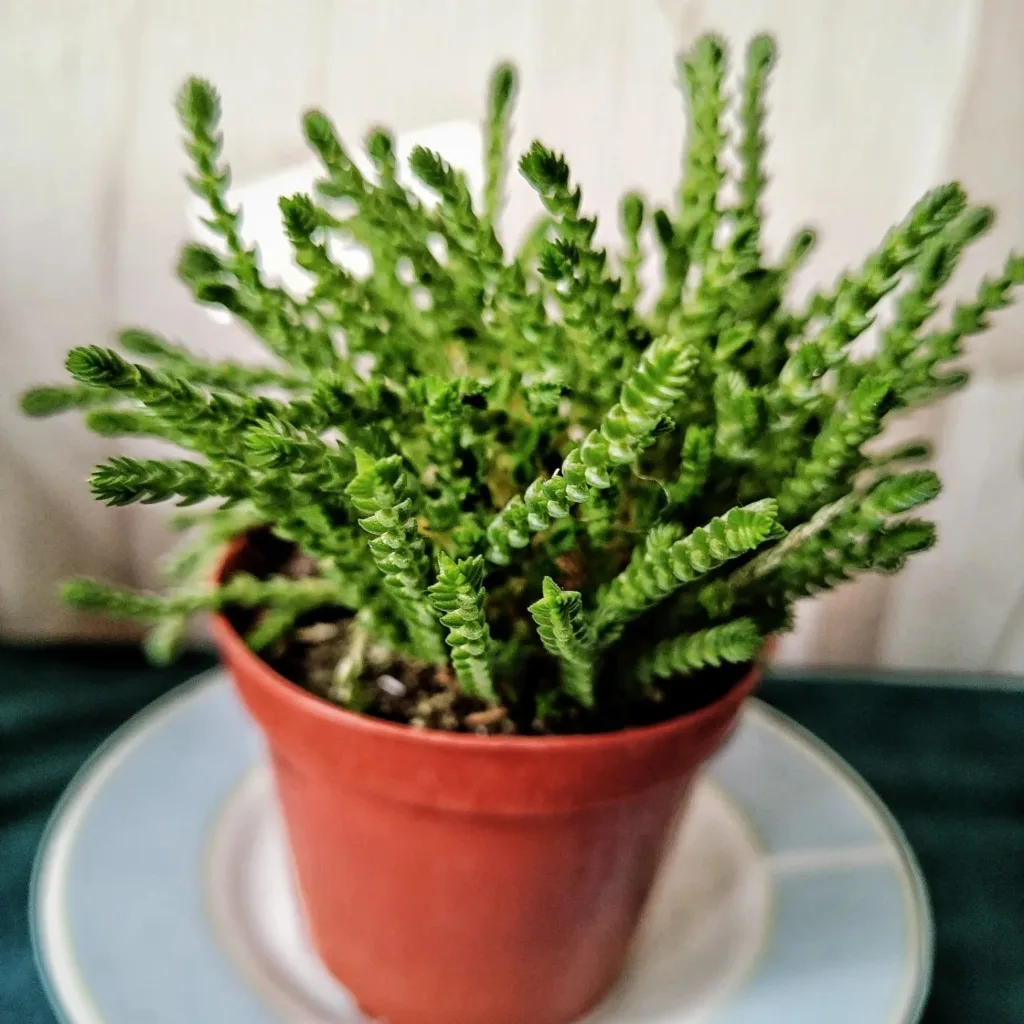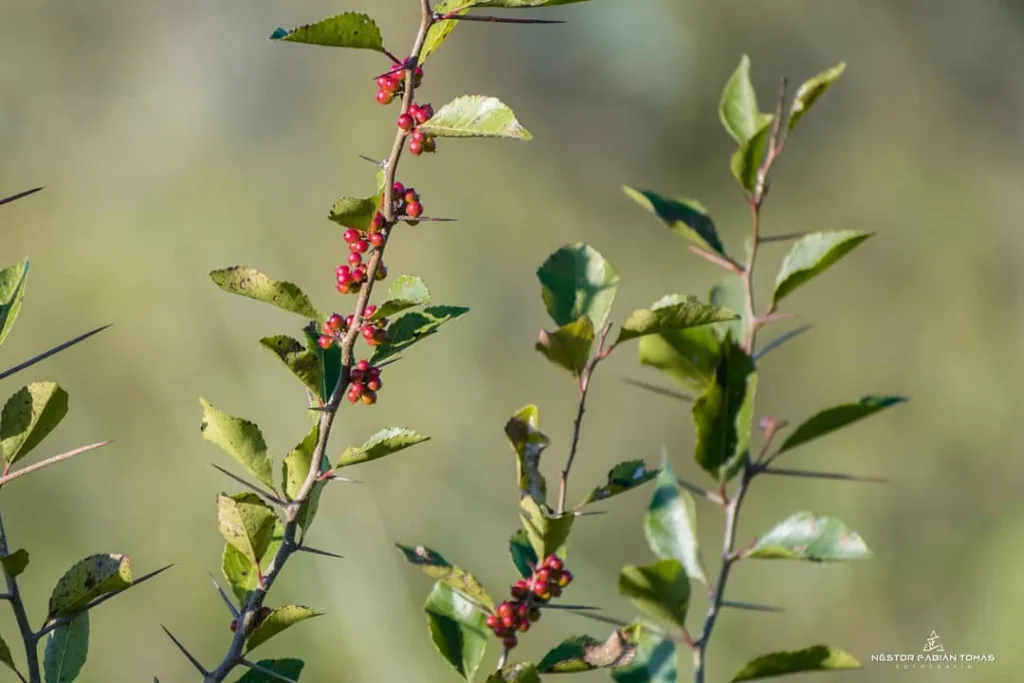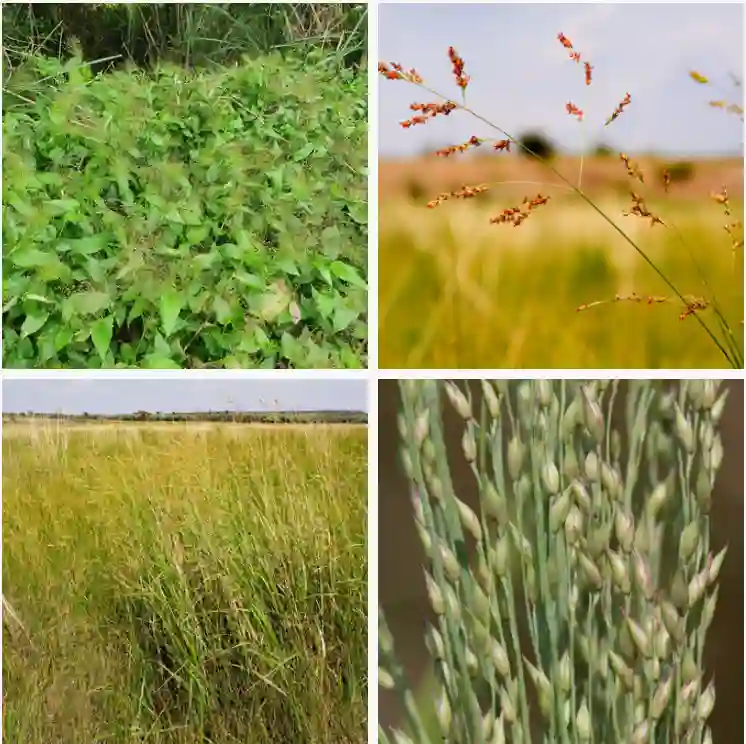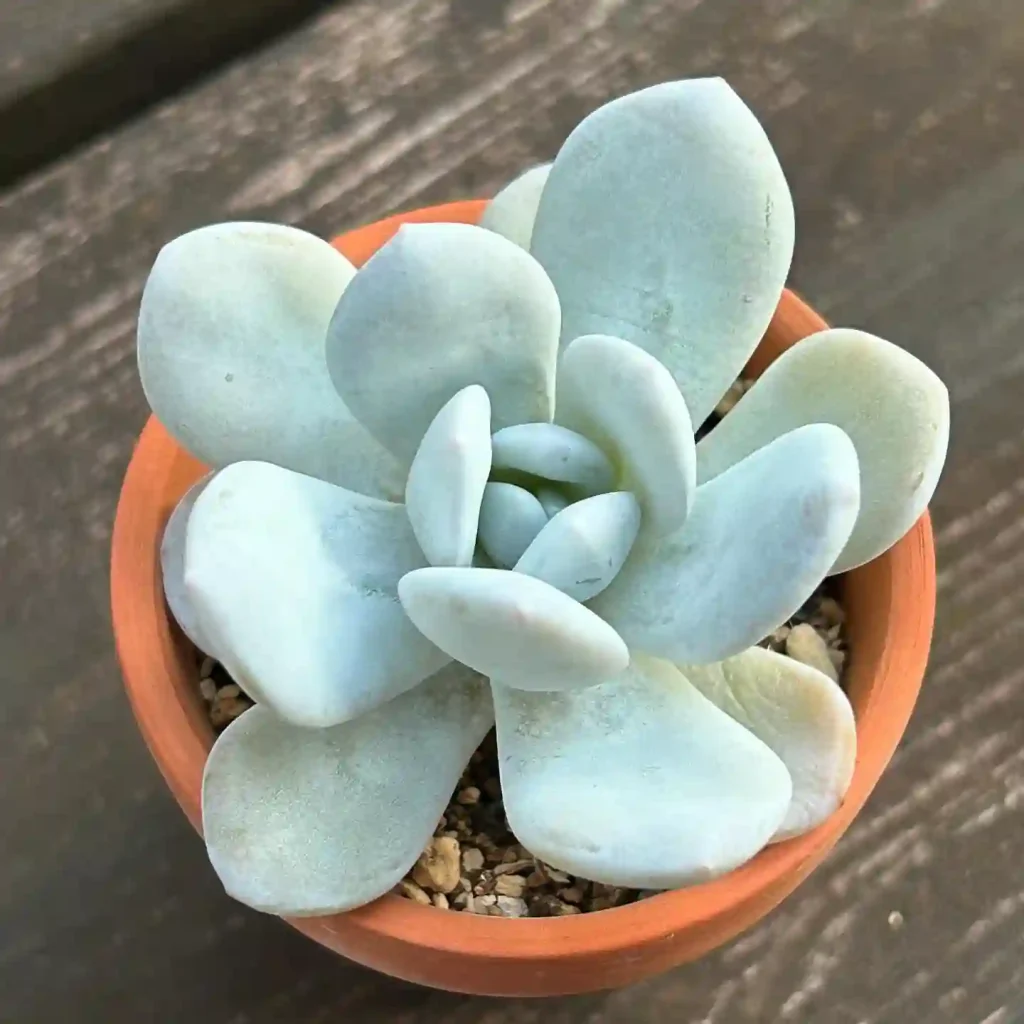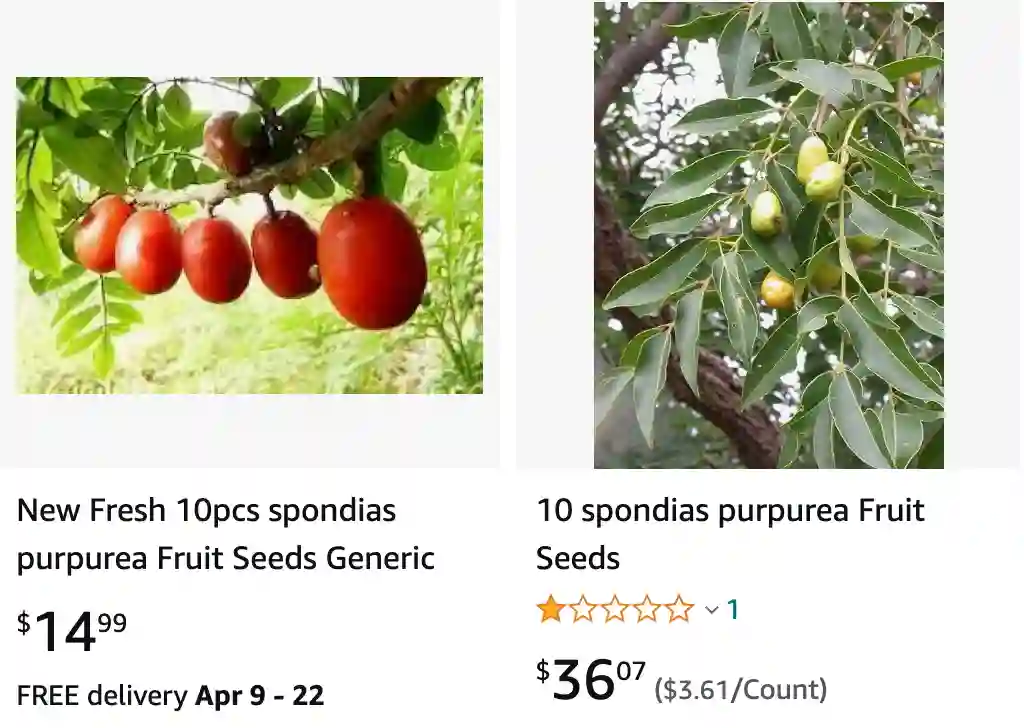
My Journey with the Spondias Purpurea: A Tropical Delight
For years, I’ve been fascinated by unique fruits, their flavors, and the stories they hold. Recently, the Spondias purpurea, also known as the red mombin, captured my attention. This vibrant tropical fruit, native to the Americas, has become a delightful addition to my garden and kitchen. In this article, I’ll share my experiences with the Spondias purpurea, from growing it from seed to enjoying its delicious taste.
What is Spondias purpurea?
The Spondias purpurea is a beautiful flowering tree belonging to the cashew family (Anacardiaceae). It boasts glossy green leaves and produces clusters of small, oval-shaped fruits. When ripe, these fruits turn a stunning shade of red or purple, hence the nickname “red mombin.” The flesh inside has a juicy, tart flavor, reminiscent of plums with a hint of mango.
How to Grow Spondias purpurea from Seed?
Growing a Spondias purpurea from seed is a rewarding experience. Here’s what I learned:
- Seed Selection: Choose mature, ripe fruits. The larger the fruit, the bigger the seed. Extract the seed carefully, ensuring you remove any remaining flesh. Wash the seed thoroughly to eliminate any lingering fruit residue.
- Scarification (Optional): Some gardeners recommend scarifying the seed coat to aid germination. This involves lightly nicking the hard outer shell with sandpaper or a file. However, I’ve had success with both scarified and non-scarified seeds.
- Planting: Fill a pot with well-draining potting mix. Sow the seed about an inch deep and water generously. Place the pot in a warm location with plenty of indirect sunlight. Keep the soil consistently moist but not waterlogged.
- Germination and Care: Germination can take several weeks to a few months. Be patient! Once a sprout emerges, provide ample sunlight and continue watering regularly. As the seedling grows, fertilize it with a balanced fertilizer every few weeks.
How to Plant Spondias purpurea?
When your Spondias purpurea seedling is around 1-2 feet tall and has established a strong root system, it’s ready for transplanting outdoors. Choose a location with full sun and well-drained soil. Dig a hole twice the size of the root ball and amend the soil with compost or organic matter. Carefully remove the seedling from the pot and place it in the hole, ensuring the root crown sits slightly above the soil level. Backfill the hole and water thoroughly.
How to care for Spondias purpurea?
Once planted, your Spondias purpurea needs minimal care to thrive. Here are some key tips:
- Watering: Water deeply during the first year, especially during dry spells. As the tree matures, it becomes more drought tolerant.
- Fertilizing: Apply a balanced fertilizer once or twice a year during the growing season.
- Pruning: Prune lightly to maintain the desired shape and remove any dead or diseased branches.
- Pest and Disease Control: The Spondias purpurea is generally pest and disease resistant. However, keep an eye out for common garden insects and treat them organically if necessary.
Where can I buy Spondias purpurea fruit?
Finding Spondias purpurea fruit in grocery stores can be challenging, as it’s not widely cultivated commercially. However, you might have luck at farmers markets or specialty stores that focus on exotic fruits. If you’re unsuccessful in finding the fruit, consider growing your own tree!
Is Spondias purpurea safe during pregnancy?
While Spondias purpurea is generally safe for most people, limited research exists on its effects during pregnancy. As a precaution, it’s always best to consult with your healthcare provider before consuming any new food, especially during pregnancy.
This delightful tropical fruit has become a favorite in my household. From the satisfaction of watching it grow from a tiny seed to enjoying its unique flavor, the Spondias purpurea offers a rewarding experience for any gardener or fruit enthusiast. So, if you’re looking for a unique addition to your garden or diet, consider giving the Spondias purpurea a try!
If i die, water my plants!
